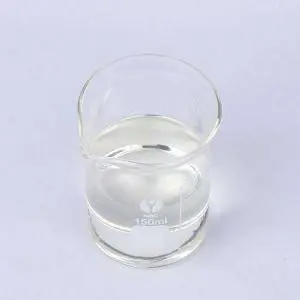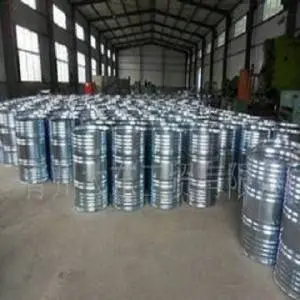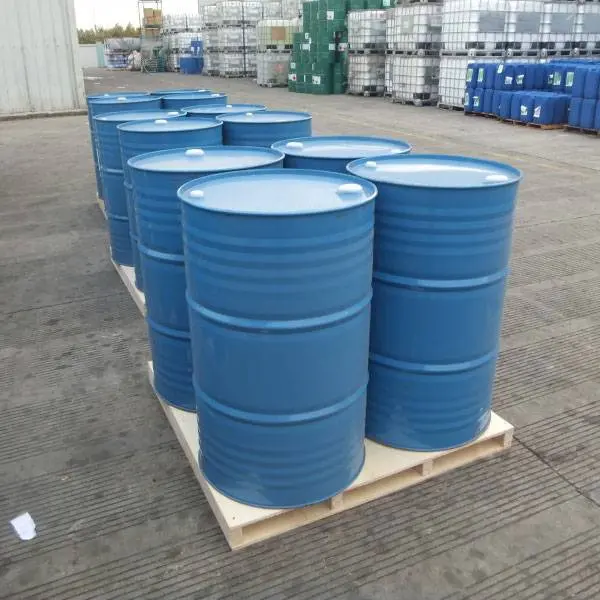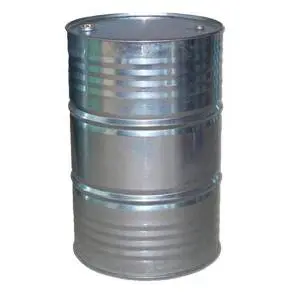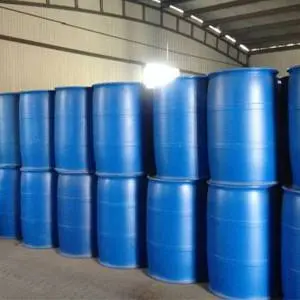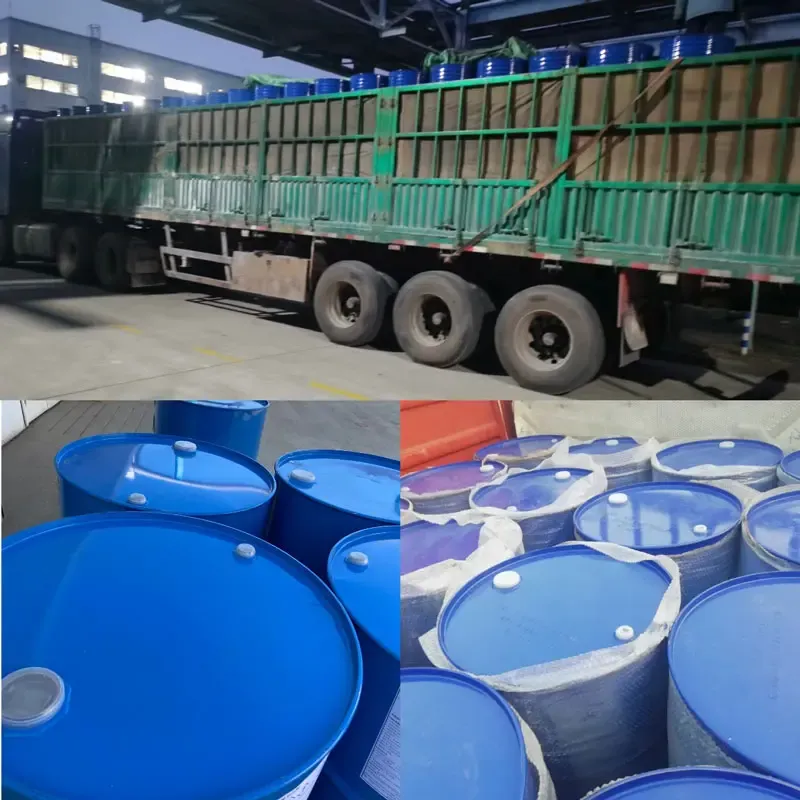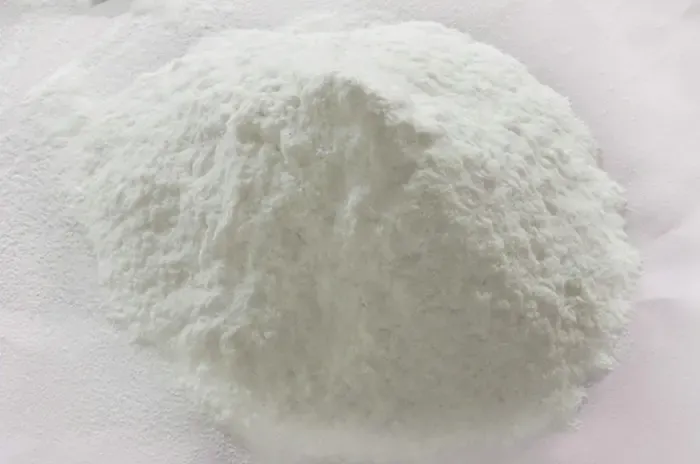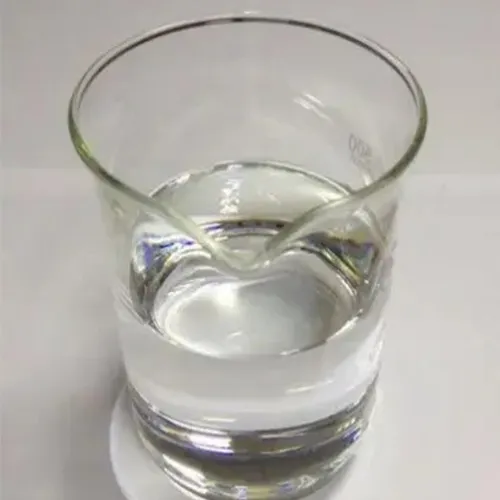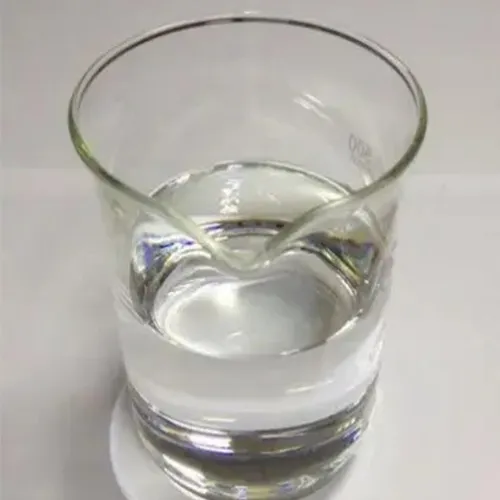Pentamethyldiethylenetriamine: A Versatile Expert In The Chemical Industry
In the field of chemical engineering, Pentamethyldiethylenetriamine plays a significant role as an organic compound with unique properties and wide applications. It plays an important role in numerous chemical production processes due to its structural characteristics and chemical activity, and has become one of the key materials driving the development of related industries.
cas 3030 47 5, The chemical formula is \ (C_9H)_ {23}N_3 \The relative molecular weight is 173.3. From the appearance, it appears as a colorless to pale yellow transparent liquid with a unique amine odor. This compound is easily soluble in water, as well as various organic solvents such as alcohols, ethers, and ketones, which enables it to better disperse and participate in reactions in different reaction systems. Its viscosity is about 2mPa · s at 25 ℃, relative density (20 ℃) is between 0.8302-0.8306, flash point (closed cup) is about 72 ℃, boiling range is 196-201 ℃, vapor pressure (21 ℃) is 0.29 × 133Pa, and solidification point is below -20 ℃. These physical properties provide important references for its operating conditions in practical applications.
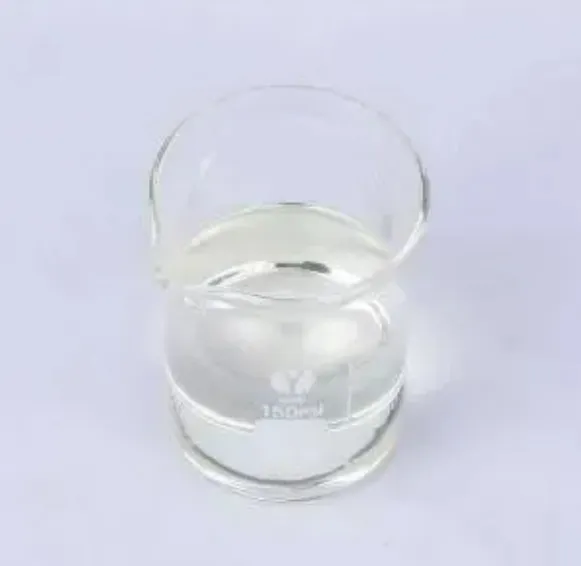
There are two common methods for preparing Pentamethyldiethylenetriamine
One method is to prepare it by reacting diethylenetriamine with formaldehyde and formic acid, and the yield of this method is usually around 70%; Another method is to react diethylenetriamine with formaldehyde in the presence of a catalyst and hydrogen gas. The yield of this method can reach over 95%, and its higher yield is more commonly used in industrial production.
Pentamethyldiethylenetriamine has unique chemical properties
3030 47 5 is a highly active tertiary amine compound, and the spatial shielding effect of amino nitrogen in its molecular structure gives it a special alkalinity, which enables it to efficiently catalyze the reaction between water and isocyanates. In the polyurethane industry, this characteristic has been fully utilized. It is a highly active catalyst for polyurethane reaction. In the production of polyurethane rigid foams, it mainly catalyzes foaming reaction, and can balance overall foaming and gel reaction. It is widely used in various polyurethane rigid foams, including polyisocyanurate sheet rigid foams. Because of its strong foaming effect, it can significantly improve the fluidity of foam. It is often used together with dimethyl cyclohexylamine, dimethyl ethanolamine and other catalysts to optimize product production process and improve product quality. It also performs well in the production of polyether type polyurethane soft block foam and molded foam. In the soft foam formula, only 0.1-0.5 parts of the catalyst need to be added for every 100 parts of polyether to achieve good results. Moreover, the product has high toughness and high bearing capacity, and can also be used as an auxiliary catalyst for hard foam. In addition, its quaternary ammonium salt is a soft foam delay catalyst, which can extend the foaming milky white time. It is especially suitable for complex shape foam products and box foaming process, which helps to improve the cell structure and improve the molding quality.
In other fields, Pentamethyldiethylenetriamine has also demonstrated diverse uses
1 1 4 7 7 pentamethyldiethylenetriamine can be used as a catalyst for the polymerization, phase transfer, and metal complexes of oxidized olefins; The complex formed with copper (I) can catalyze click chemistry; Synergistic with iron complexes, it can efficiently convert industrial exhaust CO2 into formic acid; During the curing process of epoxy resin, it acts as a latent catalyst that can enhance the curing rate of the epoxy anhydride system.
NNNN N pentamethyldiethylenetriamine occupies an important position in the chemical industry due to its unique physical and chemical properties, diverse preparation methods, and wide application fields. From the manufacture of polyurethane foam to the catalysis of other chemical reactions, it plays a key role. With the continuous development and innovation of chemical technology, Pentamethyldiethylenetriamine is expected to be applied in more fields and continue to contribute to the progress of the chemical industry.
Pentamethyldiethylenetriamine FAQs
What is Pentamethyldiethylenetriamine?
Pentamethyldiethylenetriamine is an organic compound belonging to the category of polyamines, with a molecular structure containing three nitrogen atoms and five methyl groups. It is commonly used as a ligand or catalyst aid to regulate activity and selectivity in polymerization reactions.
What are the main uses of Pentamethyldiethylenetriamine?
This compound is widely used in catalytic systems such as olefin polymerization and epoxidation reactions, and can effectively improve catalytic efficiency. In addition, it can also be used as a component of metal complexing agents for certain special chemical synthesis processes.
What are the physical properties of Pentamethyldiethylenetriamine?
It is a colorless to pale yellow liquid with an amine specific odor, a high boiling point, and is soluble in various organic solvents such as ethanol, acetone, and toluene, but has low solubility in water.
What should be noted when storing Pentamethyldiethylenetriamine?
It should be sealed and stored in a cool, dry, well ventilated environment, away from oxidants and strong acids. Long term exposure to air may cause moisture absorption or degradation, therefore nitrogen protection is recommended to prolong stability.
What are the key points of safety information for Pentamethyldiethylenetriamine?
This substance is irritating to the skin and eyes, and protective gloves and goggles should be worn during operation. If accidentally touched, rinse immediately with plenty of water. Its steam may cause respiratory discomfort and needs to be handled in a fume hood. Waste should be professionally disposed of in accordance with local regulations.
Post time: Sep . 10, 2025 17:15





